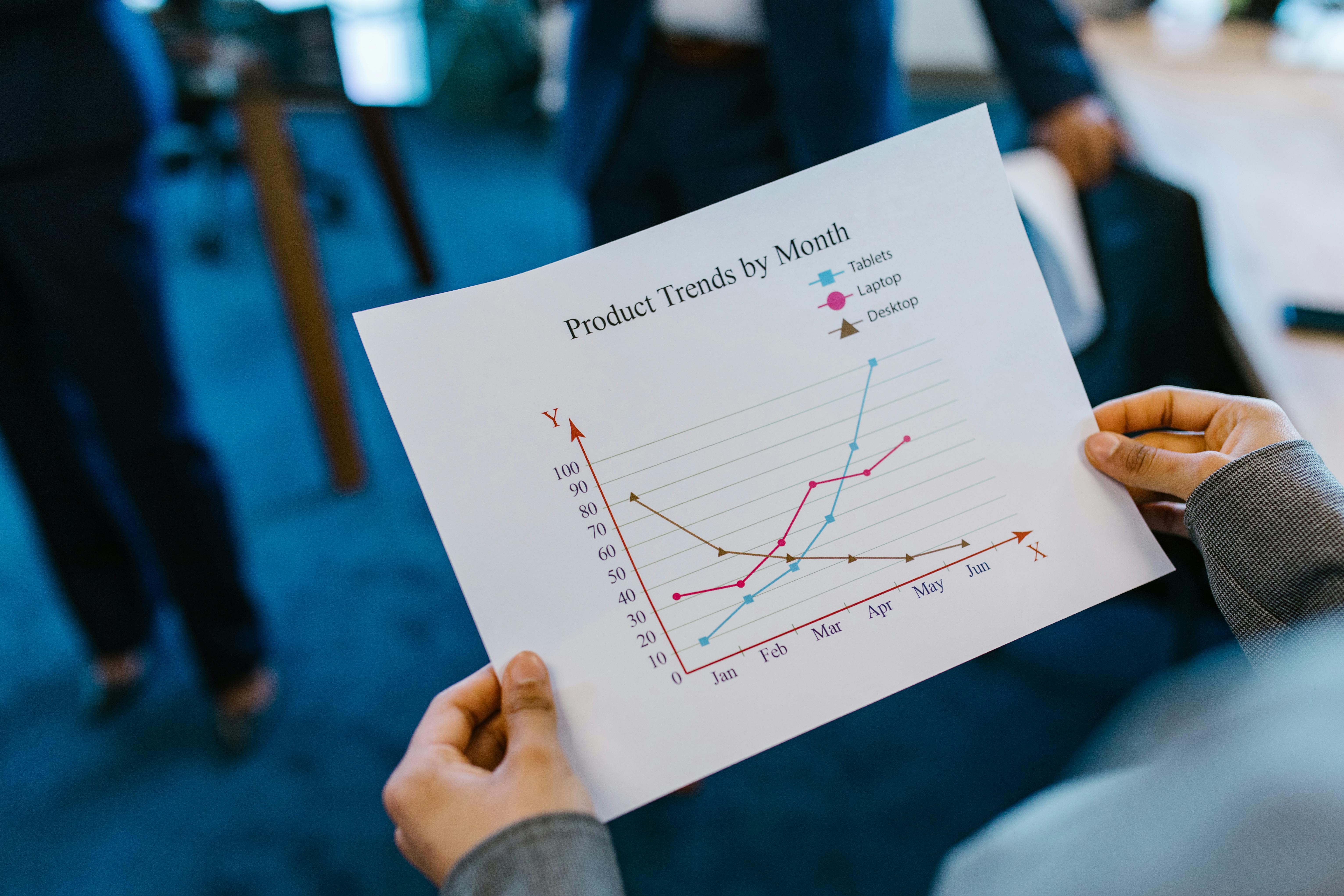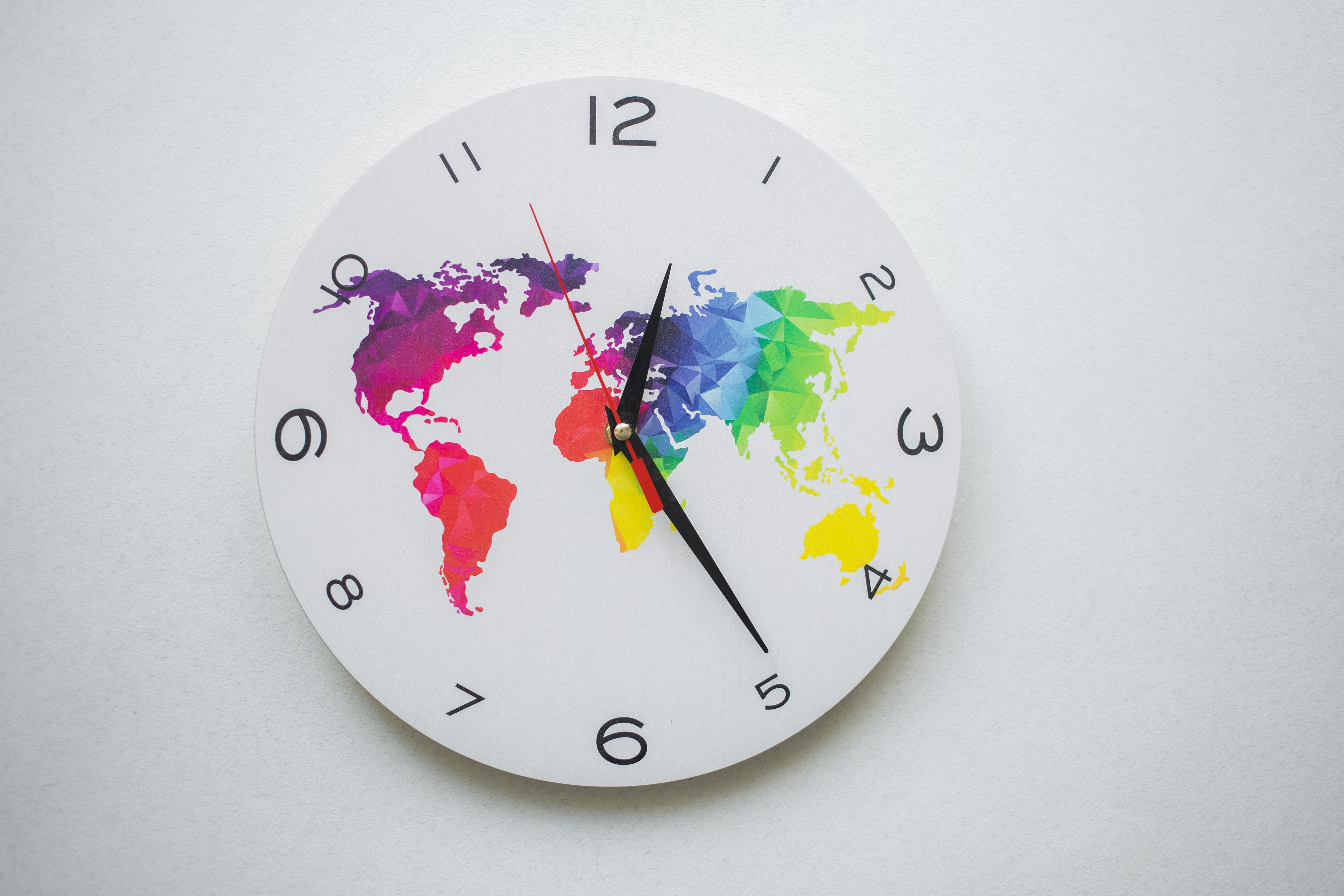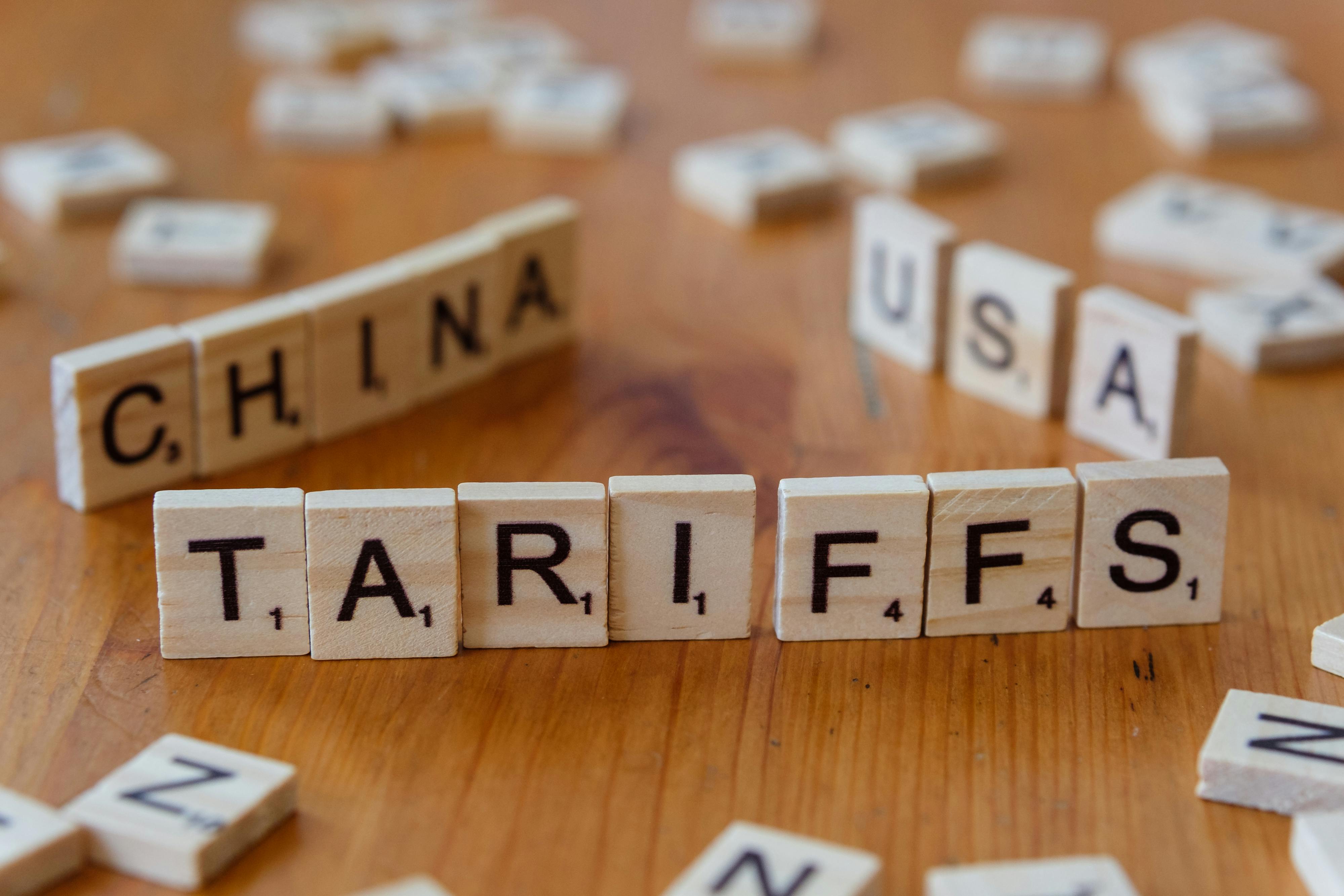
Recent post

start your business withAevei

What are companies doing about the potential tariffs?
Many brands are actively shifting manufacturing locations and diversifying their sourcing strategies to mitigate exposure to tariffs. This trend has accelerated in response to changing trade policies, such as the expiration of tariff exemptions on low-value Chinese imports and the reduction of the “de minimis” threshold.
· Shifting Manufacturing Locations - Companies are relocating production to countries like Vietnam, Mexico, and Malaysia to reduce reliance on Chinese manufacturing and avoid high tariffs.
· Diversifying Sourcing Strategies - Brands are also diversifying their supplier networks across multiple countries to minimize risks associated with geopolitical tensions and trade uncertainties. For instance, Mattel is shifting production from China to countries like India, Vietnam, and Indonesia, aiming to move 40% of its manufacturing out of China within about six months .
· Implementation Timeline - The timeline for these changes varies depending on the complexity of the product and the readiness of alternative manufacturing partners. Larger brands with diverse portfolios often have a head start, having already established relationships with alternative suppliers. However, for companies starting from scratch, finding new suppliers, securing capacity, and reengineering products can take time. Experts suggest that, in the best-case scenario, companies can target year-end for first production, but the process typically spans several months to over a year .
· Strategic Considerations - While shifting manufacturing locations and diversifying sourcing strategies are effective ways to reduce tariff exposure, companies must also consider factors like labor costs, infrastructure quality, and energy availability in potential sourcing countries. For example, the apparel industry has faced challenges in countries like Bangladesh and India due to high energy costs and underdeveloped infrastructure.


